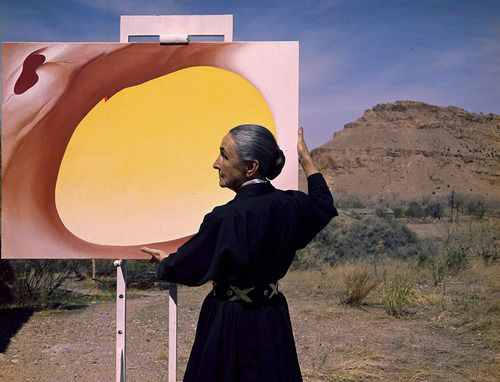Culture Shock: To Georgia, On Her 129Th Birthday
The Legacy Of O'keeffe Endures


Latest Article|September 3, 2020|Free
::Making Grown Men Cry Since 1992




